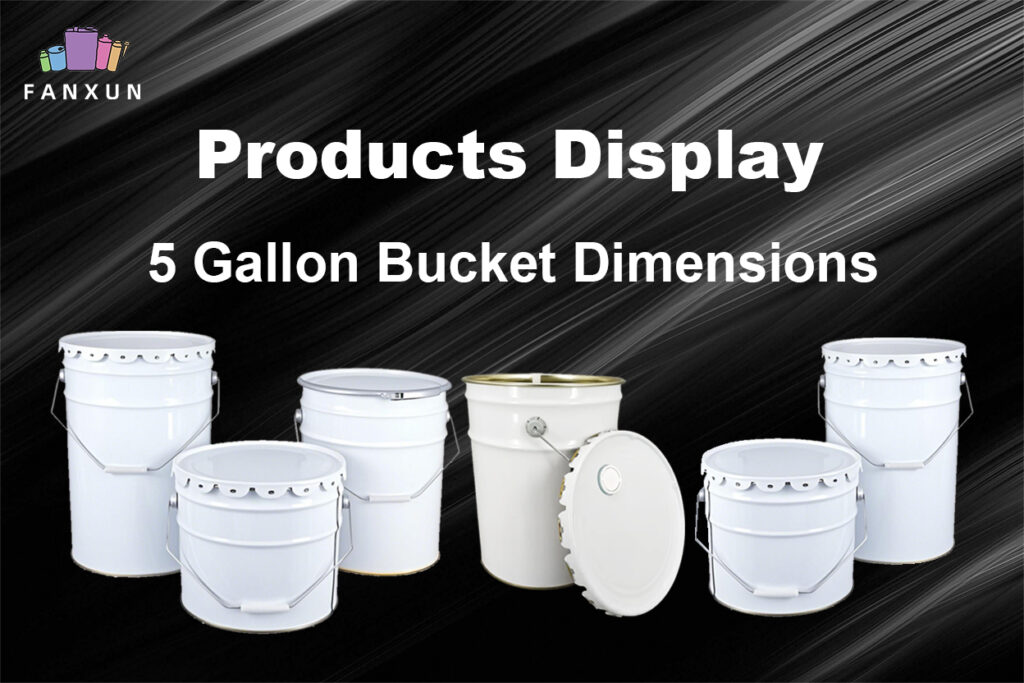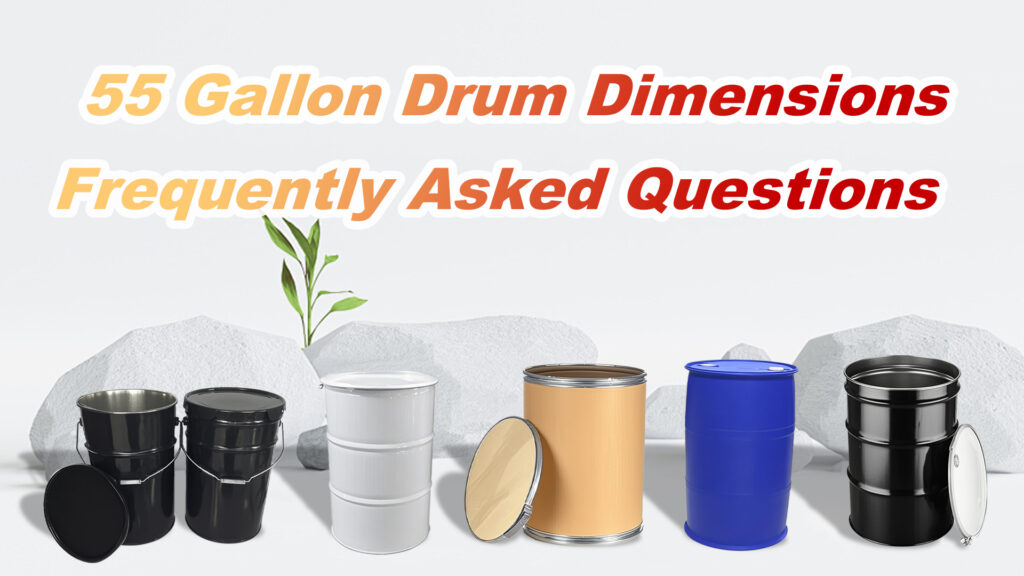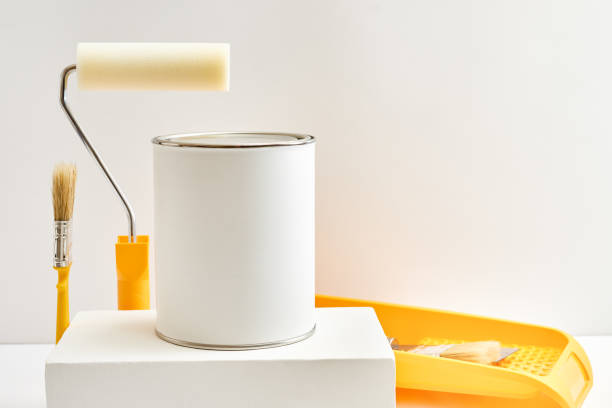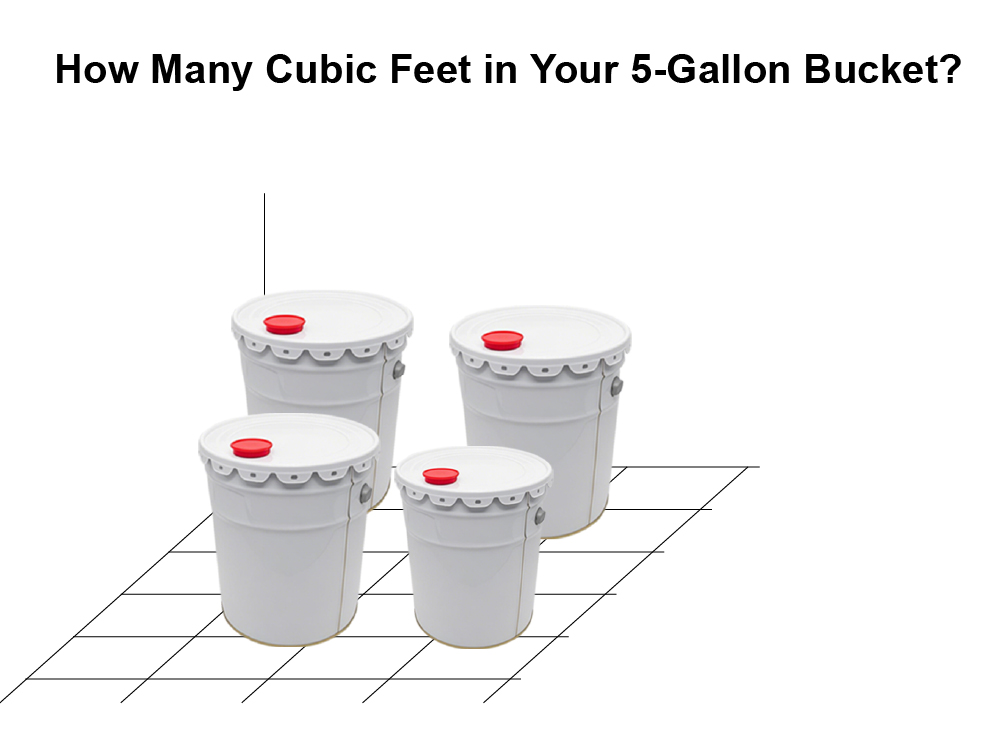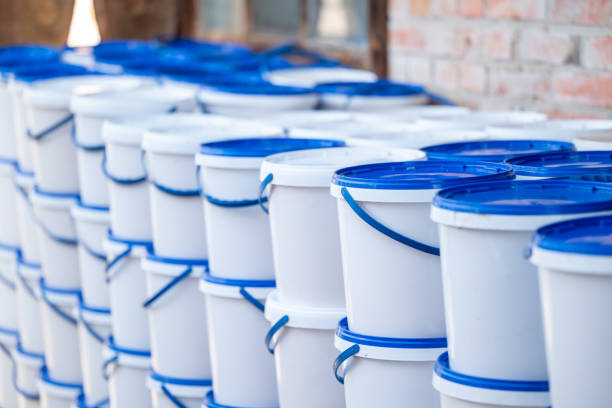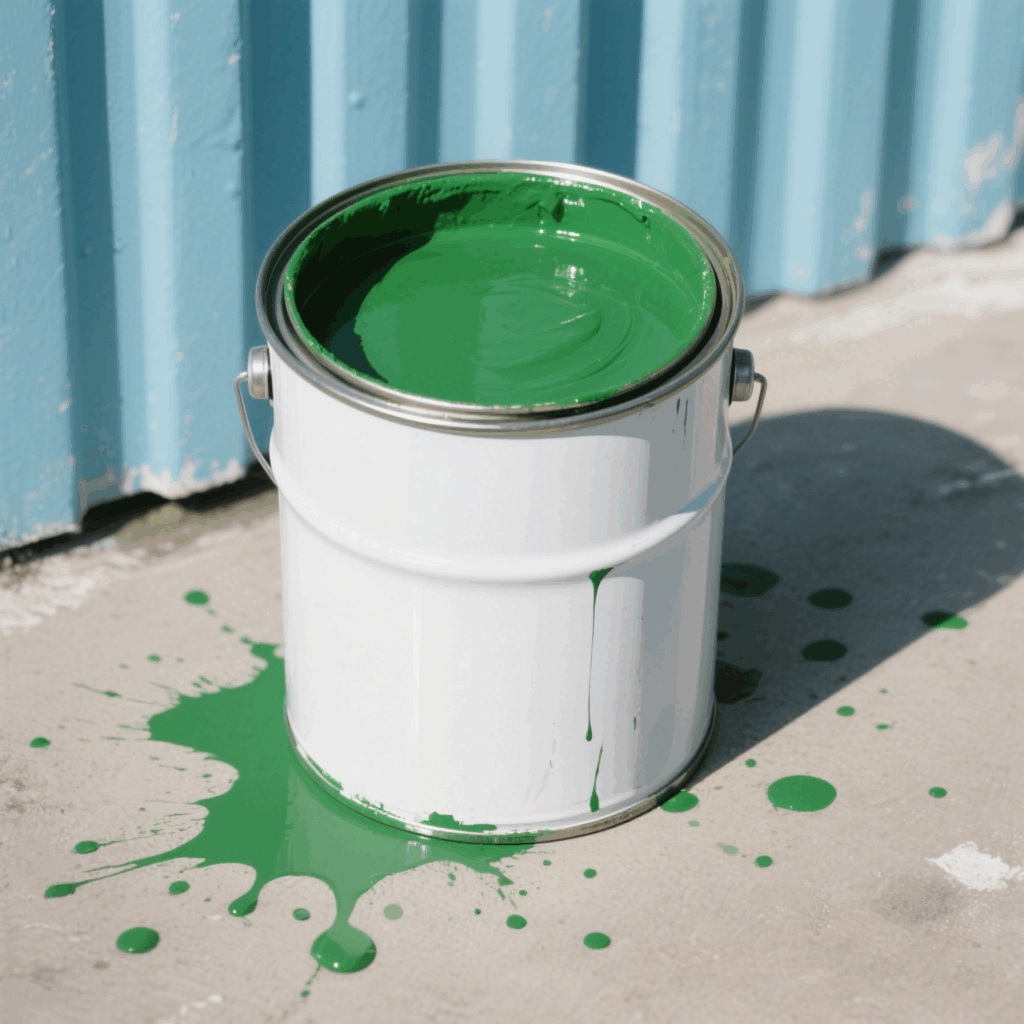It’s a question many of us DIY mechanics and responsible car owners have pondered: after an oil change, or even when dealing with leftover new oil, what container can I put motor oil in? It seems simple, but choosing the right container is crucial for safety, Protezione ambientale, and ensuring your used oil can be properly recycled. I’ve been there, staring at a pan full of black gold, wondering about the best way to store it. This comprehensive guide is born from that experience and thorough research, aiming to solve all your oil storage problems in one place.
We’ll dive into everything from the properties of motor oil that dictate container choice to specific recommendations for both new and used oil, what materials to absolutely avoid, and crucial considerations like labeling, transportation, and finding recycling centers. Let’s make sure we’re handling our motor oil responsibly, from the moment we buy it to the moment we see it off for recycling.
Primo, A Little About Motor Oil Itself
Before we jump into containers, understanding a bit about motor oil helps clarify why container choice is so important. Motor oil is more than just a lubricant; it’s a complex mixture of base oils and additives. These additives enhance its performance, providing anti-wear protection, corrosion inhibition, and viscosity stability across different temperatures.
When new, it’s a relatively stable product, but its chemical nature still demands a container made from compatible materials that won’t degrade or leach harmful substances. Once used, motor oil becomes a different beast. It picks up contaminants from the engine – heavy metals (like lead, cadmium, and arsenic), unburnt fuel, and combustion byproducts. This makes used motor oil a hazardous waste, which is why its handling and storage are so critical. The container must be able to hold this concoction securely without leaking or breaking down.
Containers for Nuovo Motor Oil: Usually, Stick with the Original
When you purchase new motor oil, it typically comes in a plastic bottle, usually made of High-Density Polyethylene (HDPE). You’ll recognize HDPE by the #2 recycling symbol. Manufacturers choose HDPE for several good reasons:
- Resistenza chimica: HDPE is highly resistant to the chemicals found in motor oil, ensuring the oil’s integrity and the container’s durability.
- Forza e durata: These bottles are designed to withstand the rigors of shipping and handling without puncturing or cracking easily.
- Sealability: They come with tight-fitting screw caps that prevent leaks and maintain the oil’s freshness.
- Cost-Effectiveness: HDPE is a relatively inexpensive material to produce.
For most of us, the original container is perfectly fine for storing new, unused motor oil. Keep it in a cool, posto asciutto, away from direct sunlight and extreme temperatures.
What if the Original Container is Damaged or You Bought in Bulk?
Occasionally, an original bottle might get damaged, or you might buy oil in a larger quantity (like a 5-quart jug or even larger drums for commercial use) and want to decant some into a smaller, more manageable container for top-ups. If you need to transfer new motor oil:
- Choose HDPE or Metal: Your best bets are clean, new HDPE plastic containers (clearly labeled) or sturdy metal cans specifically designed for oils or fuels.
- Ensure a Secure Lid: A leak-proof, screw-on lid is essential.
- Label Clearly: Even if it’s new oil, label the container “New Motor Oil” along with its viscosity grade (PER ESEMPIO., “New Motor Oil – 5W-30”) to avoid any mix-ups.
Generalmente, though, try to keep new oil in its original, unopened packaging until you’re ready to use it.
The Main Event: Containers for Used Motor Oil
This is where careful selection is paramount. Used motor oil, as mentioned, is classified as hazardous waste in many regions. Improper storage and disposal can lead to soil and water contamination, harming wildlife and potentially our water sources. You can’t just pour it into any old container you have lying around.
Why Do I Need a Specific Kind of Container for Used Oil?
- Environmental Protection: Leaks and spills contaminate the environment. A single gallon of improperly disposed used oil can contaminate a million gallons of fresh water.
- Recycling Requirements: Recycling centers have specific rules. They won’t accept oil that’s contaminated with other fluids (like antifreeze or solvents) or oil in improper, leaky containers.
- Sicurezza: Used oil is flammable and contains harmful substances. A secure container prevents accidental ignition and exposure.
- Legal Obligations: Many jurisdictions have laws mandating the proper disposal and recycling of used motor oil.
Ideal Characteristics of a Used Motor Oil Container:
When I’m looking for a container for my used oil, these are the features I prioritize:
-
Material – The Non-Negotiable:
- High-Density Polyethylene (HDPE): This is the gold standard. Look for the #2 recycling symbol on the container. HDPE is robust and highly resistant to the chemicals in used motor oil. Many dedicated used oil containers are made from this.
- Metal (Acciaio): Sturdy steel cans or drums are also excellent, especially for larger quantities. They are durable and oil-impermeable. Ensure they have a secure, tight-fitting lid and are not rusted.
- Polypropylene (PP – #5): Some purpose-built oil drain pans and containers might also be made from PP, which also has good chemical resistance, though HDPE is more common for standalone storage jugs.
-
Materials to ABSOLUTELY AVOID (and Why I Say This From Experience and Research):
- Milk Jugs (LDPE or sometimes thin HDPE): I know it’s tempting; they have a handle and a cap. But please, don’t! The plastic is often too thin and can degrade when exposed to motor oil over time. They can become brittle, crack, or the oil can permeate through the plastic. The caps are also often not secure enough, leading to nasty spills. I learned this the hard way with a messy trunk situation years ago.
- Antifreeze/Coolant Jugs: While these are typically made of HDPE, using them for used oil is a huge no-no. It creates a major risk of cross-contamination. If even a small amount of antifreeze mixes with used oil, it can render the entire batch unrecyclable. Recycling centers often reject oil suspected of being mixed with antifreeze. Più, it’s a safety hazard if someone mistakes the contents.
- Paint Cans (Metal): Unless it’s a brand new, empty paint can that has never held paint, or one specifically designed for solvents/oils, avoid them. Residual paint can contaminate the oil. Also, the lids on traditional paint cans might not be designed for repeated opening/closing or for the specific chemical nature of used oil, and may not offer a truly leak-proof seal for transport.
- Glass Containers: This should be obvious, but glass breaks. A broken container of used oil is a hazardous mess. Just don’t.
- Food or Beverage Containers (Plastic Bottles, Coffee Cans, ecc.): Another dangerous choice. Firstly, these containers are often not made of oil-resistant plastic (like PETE #1 in soda bottles, which will degrade). Secondly, and more critically, someone (especially a child) might mistake the contents for a food or drink item, with tragic consequences.
- Bleach Bottles or Household Cleaner Bottles: These often contain residues that are highly reactive and can contaminate the oil, making it unrecyclable or even dangerous.
-
Secure, Leak-Proof Lid: This is non-negotiable. A screw-on cap is the best. Ensure it creates a tight seal. I always double-check the threads and make sure it’s on straight and snug. Avoid containers with snap-on lids, as these can pop off easily during handling or transport.
-
Appropriate Size:
- For most DIY car oil changes, you’ll typically drain between 4 A 8 quarts (1 A 2 galloni) of oil. Your container should be large enough to hold at least this much, preferably with a little extra room (headspace) to prevent spills when pouring or if the oil expands slightly with temperature changes.
- Common sizes for DIYers are 1 A 5 galloni. Consider how much oil your vehicle(S) use and how frequently you change oil.
- Also, think about transporting it. A 5-gallon container can be heavy (oil weighs about 7-7.5 pounds per gallon). Make sure you can lift and carry it safely.
-
Durability and Condition:
- The container should be sturdy and in good condition – no cracks, punctures, or weak spots. If re-purposing an HDPE container, inspect it carefully.
- It needs to withstand being moved around.
-
Clarity and Labeling (Visibility is Good, Labeling is Essential!):
- A translucent container is helpful because you can see the oil level, but it’s not strictly necessary if you know the container’s capacity and how much oil you’ve added.
- Crucially, you MUST clearly label the container: “USED MOTOR OIL.” Use a permanent marker. I also like to add the date I filled it. This prevents mix-ups and is often required by recycling centers.
Specific Container Options for Used Motor Oil – My Recommendations:
-
The Original Motor Oil Bottle (If Empty and Suitable):
- Pros: It’s free, designed to hold oil, and made of HDPE.
- Cons: Most individual quart or 1-gallon bottles will be too small to hold all the oil from a typical change. The narrow neck can also make pouring used oil into it messy without a good funnel. You’d likely need several.
- My Take: If you have a few empty ones of the same type your car just used, and you’re meticulous with a funnel, it can work. Ensure the caps are screwed on tightly. Good for small amounts or if you’re consolidating.
-
Dedicated, Purpose-Built Used Oil Containers:
- Descrizione: These are specifically designed and sold for storing and transporting used motor oil. They are typically made of sturdy HDPE, come in various sizes (commonly 2 A 5 galloni), and feature secure screw-on caps, integrated handles for easy carrying, and often a dedicated spout or built-in funnel for easier filling and emptying. Some are designed as combination drain pan/storage containers.
- Pros: They are designed for the exact purpose, generally very robust, a prova di perdite, and easy to handle and transport. Many have features that minimize mess.
- Cons: They cost money (typically $10 A $30, depending on size and features).
- My Take: This is my top recommendation, especially if you do oil changes regularly. The convenience and peace of mind are worth the investment. I have a 5-gallon one with a wide mouth and a secondary spout cap, and it’s been fantastic.
-
Robusto, Clean, Re-purposed HDPE Plastic Jugs (Use Extreme Caution and Selectivity):
- Esempi: Empty laundry detergent jugs (the heavy-duty kind), or containers from other automotive fluids that are thoroughly cleaned and were originally HDPE.
- CRITICAL CAVEATS:
- Must be HDPE #2: Check the recycling symbol.
- Must be THOROUGHLY RINSED AND DRIED: Any residue from the previous contents (detergent, other chemicals) will contaminate your used oil. Rinse multiple times with soap and water, then rinse with clean water, and let it dry completely. This can take days.
- Must have its original, secure, screw-on lid.
- Must be clearly and prominently labeled “USED MOTOR OIL.” Remove or completely obscure any original labels.
- Pros: Potentially free if you already have suitable ones.
- Cons: The cleaning process is vital and can be time-consuming. There’s always a risk of insufficient cleaning leading to contamination. Not all detergent jugs are equally robust.
- My Take: This can be an option if you’re diligent about cleaning and selection. I’ve used a well-cleaned, heavy-duty detergent bottle in a pinch, but I prefer dedicated containers now. If you go this route, be absolutely sure it’s clean and the plastic is thick and sturdy.
-
Metal Cans or Drums (Usually for Larger Volumes or Collection Points):
- Descrizione: These are typically steel containers. You might see larger drums at auto shops or municipal collection sites. Smaller, sealed metal cans could also be an option if specifically designed for oil.
- Pros: Extremely durable, completely impermeable to oil.
- Cons: Can be heavier, may rust if the exterior isn’t protected, and smaller consumer-sized metal cans specifically for used oil are less common than plastic ones.
- My Take: More relevant if you generate a lot of used oil or if your local recycling facility provides or prefers them. For typical DIY use, a good HDPE container is usually more practical.
Table: Comparing Common Container Options for Used Motor Oil
| Container Type | Materiale(S) | Pros | Cons | Key Considerations | My Rating (DIY Use) |
|---|---|---|---|---|---|
| Original Motor Oil Bottle | HDPE | Free, designed for oil, good material | Often too small for a full oil change, narrow neck can be messy for filling, need multiple | Ensure cap integrity, use a good funnel | ⭐⭐⭐/5 |
| Dedicated Used Oil Container | HDPE, PP | Purpose-built, secure lid, often has funnel/spout, easy to carry & pour | Costs money | Choose appropriate size, check for robust construction and good seals | ⭐⭐⭐⭐⭐/5 |
| Re-purposed HDPE Jug (PER ESEMPIO., detergent) | HDPE (#2) | Potentially free, readily available if you have one | MUST be thoroughly cleaned & dried, ensure lid is very secure, proper labeling is critical | Verify #2 HDPE, inspect for damage, only use heavy-duty types, high contamination risk if not perfectly clean | ⭐⭐/5 (due to risk & effort) |
| Metal Can/Drum | Acciaio | Very durable, impermeable, good for larger volumes | Più pesante, can rust externally, less common in DIY sizes, may be costly | Ensure it’s designed for oil/solvents, has a secure lid, check for rust | ⭐⭐⭐/5 (less practical for most DIY) |
| AVOID THESE – UNSAFE/UNSUITABLE | |||||
| Milk Jugs | LDPE/HDPE (thin) | None | Prone to leaks, degrades quickly with oil, caps not secure, spills easily | Extremely unsafe, do not use | ⭐/5 (Danger!) |
| Antifreeze/Coolant Jugs | HDPE | None (for oil) | High risk of cross-contamination (makes oil unrecyclable), confusion at recycling centers | Do not use, even if HDPE | ⭐/5 (Danger!) |
| Glass Containers | Glass | None | Breakable, major spill and safety hazard | Extremely unsafe, do not use | ⭐/5 (Danger!) |
| Food/Beverage Containers | PETE, other | None | Material often incompatible (degrades), risk of accidental ingestion, contamination | Extremely unsafe, do not use | ⭐/5 (Danger!) |
Key Aspects I Always Consider (And You Should Too!)
Choosing the container is step one. Handling it correctly is just as important.
-
Safety First, Sempre:
- Personal Protective Equipment (PPE): I always wear nitrile gloves and safety glasses when handling motor oil (new or used). Used oil, especially, contains irritants and harmful substances.
- Ventilazione: If you’re transferring oil indoors (like in a garage), ensure good ventilation.
- Keep Away from Children and Pets: Store oil containers well out of their reach. The garage rafters or a high, secure shelf are good spots.
- Fire Hazards: Keep oil away from heat sources, sparks, and open flames. Oily rags should also be stored in a sealed metal container or wetted down, as they can spontaneously combust.
- Spill Management: Accidents happen. Keep absorbent materials handy – cat litter, sawdust, sand, or dedicated oil absorbent pads. Clean up spills immediately and thoroughly. Dispose of the contaminated absorbent material properly (check local regulations, often treated as hazardous waste).
-
Cleanliness of the Container (Beyond Initial Cleaning for Re-purposed Ones):
- Before pouring used oil in, give your chosen container a quick visual check to ensure it’s free of debris, acqua, or other liquids. Even a small amount of water or antifreeze can ruin its recyclability.
- I keep my dedicated used oil container exclusively for used oil. No other liquids ever go into it.
-
Crystal Clear Labeling:
- I can’t stress this enough: LABEL IT “USED MOTOR OIL.” Use a big, bold permanent marker.
- It’s also a good idea to write the date you filled it, especially if it might sit for a bit before you take it for recycling. This helps you keep track and ensures older oil gets recycled promptly.
-
Proper Storage Practices:
- Location: Store your sealed container in a cool, posto asciutto. A garage or shed is typical. Avoid areas with extreme temperature fluctuations.
- Position: Always store it upright on a stable, level surface to prevent tipping. I like to place a drip tray or a piece of cardboard underneath as an extra precaution against tiny, unnoticed leaks.
- Away from Drains: Never store it near storm drains or household drains.
-
Safe Transportation to the Recycling Center:
- Secure the Lid: Double-check that the lid is screwed on TIGHTLY.
- Prevent Tipping: This is where many spills happen. Secure the container in your vehicle so it cannot tip over or slide around. I often wedge mine in the footwell of the back seat or secure it in the trunk with other items. Some people use a milk crate or a sturdy box to hold it upright.
- Secondary Containment (Optional but Smart): Placing the container inside a larger plastic bin or on a heavy-duty plastic tarp during transport can provide peace of mind and contain any unexpected leaks.
- Drive Carefully: Avoid sudden stops and sharp turns.
-
Understanding Disposal and Recycling (The End Goal):
- NEVER: Pour used motor oil down any drain (storm or sewer), onto the ground, into a ditch, or mix it with your regular household trash. This is illegal in most places and incredibly harmful to the environment.
- Find a Collection Center: Most communities have designated collection centers for used motor oil. These are often:
- Auto parts stores (PER ESEMPIO., AutoZone, Advance Auto Parts often accept it free of charge)
- Service stations or quick lube shops
- Municipal recycling facilities or hazardous waste collection events
- Call Ahead: It’s a good idea to call the collection center beforehand to confirm:
- If they accept used motor oil from the public.
- Their hours of operation.
- Any limits on quantity per visit (usually 5 gallons is fine for DIYers).
- If they have any specific container requirements (most accept properly sealed HDPE or dedicated containers). Some may even provide free empty jugs.
- If they accept contaminated oil (most do not, or have separate procedures).
My Step-by-Step Process: From Drain Pan to Recycling Center
Here’s how I typically manage an oil change and the subsequent oil storage:
-
Preparation is Key (Before I even touch the drain plug):
- I make sure I have my chosen used oil container ready, clean, and with its lid nearby.
- I get my drain pan (I use one with a large capacity and a spout for easy pouring).
- Gloves and safety glasses are on.
- Absorbent material is within reach.
-
Performing the Oil Change:
- I carefully drain the old oil into the drain pan, ensuring the pan is positioned correctly to catch everything.
- I also drain the old oil filter (let it drain into the pan for a while). Used oil filters also need to be recycled – many collection centers that take oil also take filters.
-
Transferring Oil to the Storage Container:
- This is where a good funnel is your best friend, especially if your container has a relatively small opening. I place the storage container on a stable surface.
- I carefully pour the oil from the drain pan into the storage container. I go slowly to avoid “glugging” and splashing.
- Don’t Overfill! I always leave some headspace (a few inches from the top) in the container. This prevents spills if the container is jostled or if the oil expands.
- Once all the oil is transferred, I wipe down the rim of the container and the funnel.
- I screw the lid on TIGHTLY.
- If it’s not already labeled, I label it immediately: “USED MOTOR OIL” and the date.
-
Temporary Storage (If Needed):
- I store the sealed, labeled container upright in a designated spot in my garage, away from foot traffic, heat, and out of reach of kids/pets.
-
Transporting for Recycling:
- When I have a full container or am heading near a collection center, I load it securely into my car, following the transport tips mentioned earlier.
- I take it to my local auto parts store, which has a free collection service. They usually have a large tank in the back where I (or an employee) can empty my container.
-
After Emptying:
- I wipe out my reusable dedicated container if needed, or ensure it’s ready for the next oil change. Some collection sites prefer you leave your container if it’s a standard type they can consolidate. If you use a re-purposed jug you don’t want back, that’s fine too, as long as it met all the safety criteria.
Domande frequenti (FAQ)
Over the years, I’ve heard a lot of questions about this. Here are some common ones:
-
Q1: Seriously, can I use a milk jug for used motor oil? I see people do it.
- UN: Please don’t. As I’ve emphasized, milk jugs are too flimsy, can degrade, and their caps aren’t secure enough for oily, hazardous waste. Just because some people do it doesn’t make it safe or right. The risk of a spill and environmental contamination is too high.
-
Q2: Can I mix old gasoline, antifreeze, brake fluid, or solvents with my used motor oil in the same container?
- UN: Absolutely NOT. Mixing these fluids contaminates the used oil and makes it unrecyclable. Recyclers can’t process mixed hazardous wastes easily. Antifreeze is a particularly problematic contaminant. Keep each type of waste fluid in its own separate, clearly labeled, appropriate container.
-
Q3: If I re-purpose a container (like a detergent jug), how clean does it really need to be?
- UN: It needs to be spotlessly clean and completely dry. This means multiple rinses with soap and hot water, followed by thorough plain water rinses, and then allowing it to air dry fully (which can take a day or two). Any residue will contaminate your oil. If you’re not prepared for this level of cleaning, it’s better to buy a dedicated container.
-
Q4: What if my original motor oil bottle (the one the new oil came in) is too small for all the used oil from my car?
- UN: This is common. Your best bet is to invest in a larger, dedicated used oil container (PER ESEMPIO., 2-5 galloni). Alternatively, if you have several empty, clean, original motor oil bottles of the correct type (HDPE #2) with secure caps, you can use multiple bottles, ensuring each is sealed tightly and labeled.
-
Q5: How long can I store used motor oil in a proper container before recycling it?
- UN: While properly stored used oil can last a while, it’s best to recycle it as soon as convenient. Don’t let it sit around indefinitely. Some local regulations might specify time limits, but generally, aiming to recycle it within a few months to a year is a good practice. The main thing is that it’s stored safely until then.
-
Q6: What’s the best type of lid for a used oil container?
- UN: A screw-on cap that provides a tight, leak-proof seal is essential. Caps with an inner gasket or seal are even better. Avoid loose-fitting snap-on lids.
-
Q7: Can I reuse my dedicated used oil container after I empty it at the recycling center?
- UN: SÌ, absolutely! That’s what they are designed for. Just make sure it’s still in good condition, the lid seals properly, and it’s relatively clean (no major sludge or debris left inside that could cause issues next time).
-
Q8: What should I do if I accidentally spill some motor oil?
- UN: Act quickly!
- Contain the spill: Stop it from spreading further.
- Absorb it: Cover the spill with absorbent material like cat litter, sand, sawdust, or special oil absorbent pads. Let it sit for a while to soak up the oil.
- Clean up: Sweep or scoop up the contaminated absorbent material.
- Dispose properly: Place the oily waste into a plastic bag, seal it, and then put it into another plastic bag (double-bag it). Dispose of it according to your local hazardous waste guidelines (don’t just throw it in the regular trash). For larger spills, you may need to contact a professional hazardous waste cleanup service.
- UN: Act quickly!
-
Q9: Where can I buy dedicated used motor oil containers?
- UN: Auto parts stores (both physical and online), large retail stores with automotive sections (like Walmart or Target), and online marketplaces like Amazon usually stock them.
-
Q10: Is it okay if my used oil container isn’t transparent? I can’t see the oil level.
- UN: SÌ, it’s okay. While transparency is a nice-to-have, it’s not essential. The most important things are that the container is made of the correct material (HDPE or metal), is durable, has a leak-proof lid, and is clearly labeled “USED MOTOR OIL.” If you know the container’s capacity (PER ESEMPIO., 5 galloni) and roughly how much oil your car takes (PER ESEMPIO., 5 quarts), you can gauge when it’s getting full.
Wrapping It All Up: Your Responsibility, Our Environment
Choosing the right container for your motor oil, especially used motor oil, is more than just a matter of convenience—it’s a mark of a responsible vehicle owner. By selecting a clean, durevole, leak-proof container made of compatible materials like HDPE or metal, and by labeling it clearly, you’re taking a crucial step in protecting our environment and ensuring that valuable resource can be recycled and reused. Remember to avoid flimsy plastics, food containers, and anything that could lead to contamination or spills.
Safe handling, storage, and transport are just as vital. Seguendo queste linee guida, you and I can both contribute to a cleaner, safer way of managing automotive waste.
Speaking of high-quality, reliable containers, it’s worth noting that for businesses or individuals who might require robust metal cans for various applications—perhaps for bulk storage of new oils, specialty chemicals, or other industrial products where specific regulations and material properties are key—companies like FANXUN play an important role. As a world-class can manufacturer and supplier, FANXUN can provide metal can products in different specifications and shapes. Their expertise ensures that contents are stored safely and securely, meeting diverse packaging needs for a multitude of industries. While your DIY used oil might go into a plastic jug, the principle of secure and appropriate containment is universal, and manufacturers like FANXUN are at the forefront of providing such solutions on a larger scale for many substances.
COSÌ, the next time you’re faced with that pan of used oil, you’ll know exactly what to do and what container to reach for! Happy (and safe) motoring!
















